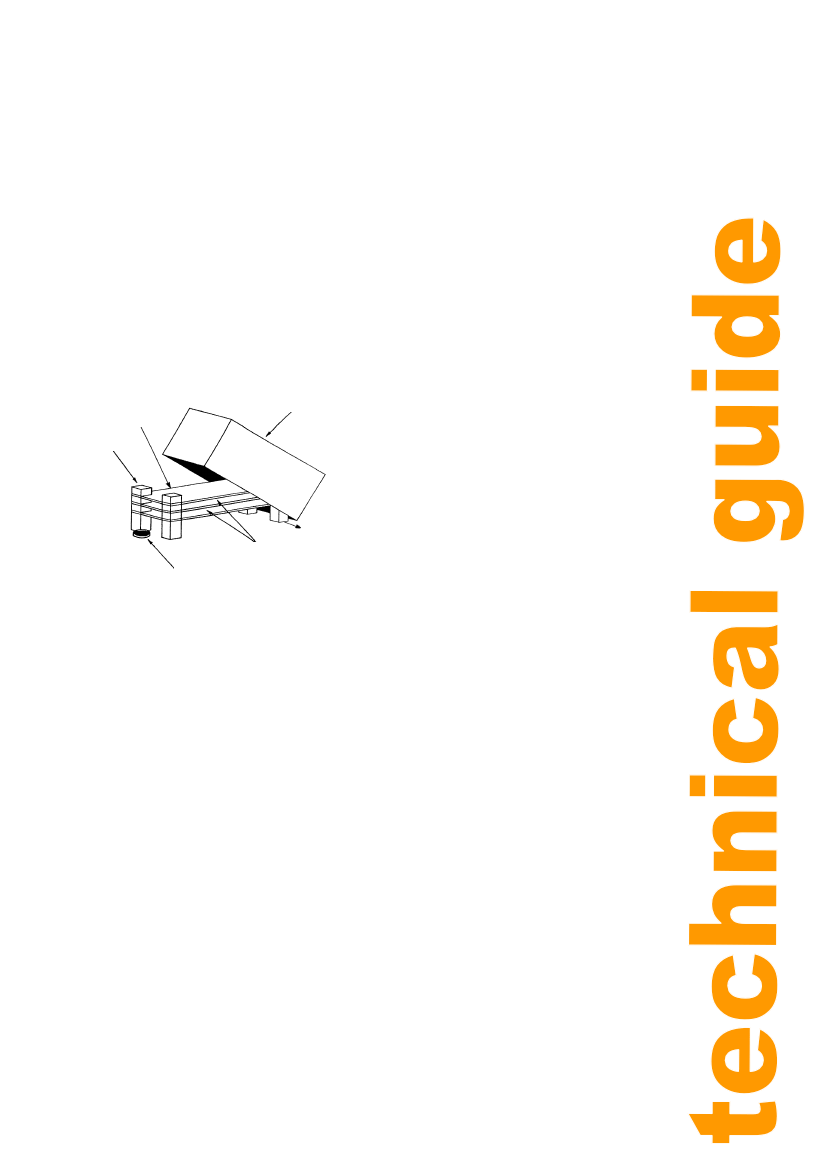
How to use the DRYIT semi-continuous tray dryer
Practical Action
All raw materials dipped in a sulphite solution should be then immediately dried.
Peeling
In drying this process is used mainly for plums and grapes, which have waxy skins. A weak
solution of caustic soda (sodium hydroxide) causes the skins to crack, which helps drying
proceed more quickly.
After washing the fruit it is then dipped in a boiling solution of 0.3% (ie 3 g per litre of water)
sodium hydroxide for about 3 - 4 seconds. The fruit is then thoroughly washed in cold water
to rinse off the caustic solution and to avoid cooking the fruit.
After this process the fruit should be dried.
Shelves
Blocks of wood
Wooden Box or
heavy carton
Wooden blocks
35 mm Spaces
Shallow
Container for
Burning sulphur
Figure 10: Traditional sulphuring
Osmo-soaking
This is a process, which is particularly used for fruits. Osmosis is the removal of water based
on the principle of two different concentrations of liquids coming into balance. Hence by
submerging fruit in a concentrated solution of sugar, water within the fruit will move from the
fruit to the stronger concentration in an attempt to dilute it.
This is a very useful process because this has the effect of dehydrating the fruit and
furthermore, because a quantity of the sugar in the concentrated solution penetrates into the
fruit during osmosis, the concentration of sugar in the fruit increases. This sugar will bind
with some of the water that remains within the fruit which means that it will not be available
for micro-organisms to use. Therefore drying does not have to remove so much water. See
notes in section above.
After osmo-soaking and drying the end product will be fairly moist, sweet and will probably be
coated with a dry, whitish layer of sugar. Sometimes the fruit flavour is not as strong because
some of the flavours may have leached out with the water into the sugar syrup.
If the end product is required to have simply a sweet coating then it is sufficient to only dust
the raw material with powdered sugar before air drying. The choice depends on what the
consumer wants.
29